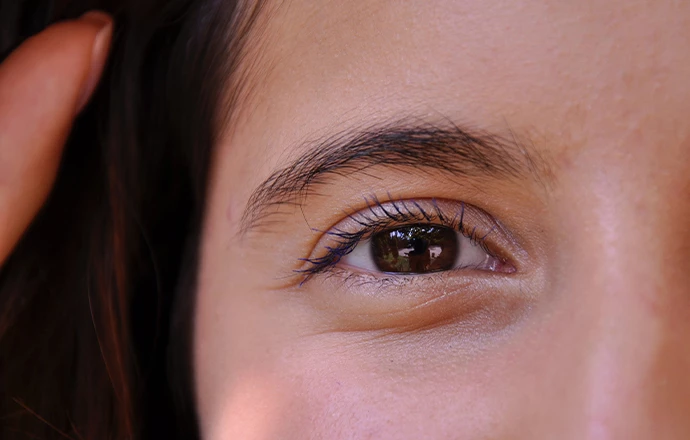It's Not All In Your Head: The Other Places You Never Thought Dandruff Could Reach
Whether or not we’d like to admit it, chances are, most of us will be affected by dandruff at some point in our lives. The causes of dandruff vary from person to person – some people have inherent skin conditions, while others might have temporary immune troubles.
If you’re beginning to notice symptoms, forget everything you ever thought about dandruff. You may be surprised to hear that it can affect more than just humans. Better still, it’s a myth that dandruff only presents on your head. Keep those symptoms at bay with our full-body dandruff guide.

Why do I have dandruff?
To understand how dandruff presents, first we need to understand the cause. One of the leading causes is an overproduction of Malassezia. This is a naturally occurring yeast that lives on our skin. If we produce too much of this fungus, our skin can begin to flake away or become itchy.
Another trigger can be too much oil. We all naturally produce sebum, a waxy substance that keeps our skin and hair supple. If something throws this production off, like a stress-related surge in hormones, we may produce too much. Malassezia feeds on this oil, and if we feed it too much – you guessed it – we get dandruff.
The simple fact is, dandruff can appear almost anywhere. There are two parts of the body to consider:
- Sebaceous glands – these are found all over the body except for the palms of the hands and soles of the feet.
- Hair follicles, where you can also find sebaceous glands.
For this reason, you could potentially find dandruff on your forehead, eyebrows, chest, armpits, eyelashes or even ears! However, the cause may be different, depending on where you find it.
Dandruff in the beard
Dandruff in the beard occurs for the same reason as scalp flakes. Sometimes it’s a symptom of seborrhoeic dermatitis, which presents as red patches and oily skin in hair-filled areas.
Of course, those with beards may not always be able to spot the symptoms as easily. In some cases, it’s simply dry skin, which may flare up in winter. A good exfoliating routine can help!
Dandruff in the eyebrows
With dandruff of the eyebrows, you may also notice large “scales” and patches of flaky white or yellow skin. Occasionally, this is a symptom of eczema or seborrhoeic dermatitis. In other cases, it may be contact dermatitis. If you’ve recently changed your aftershave or facial soap, try cutting these out and washing with water only to see if the symptoms clear up.
With seborrhoeic dermatitis, or if you notice large flakes – think the size of bran flakes – consult your doctor who may prescribe a topical treatment rather than conventional exfoliants.

Dandruff in other areas
If you notice smaller flakes on your armpits, behind your earlobes or on your chest, it’s very likely you have seborrhoeic dermatitis. You can treat this differently depending on where the symptoms appear.
For areas like the face, you can try topical creams or natural remedies like aloe vera. Always speak to your doctor if you’re not sure, as you don’t want to aggravate the symptoms.
Other self-care tips
- Do not wash with harsh products that irritate your skin
- Remove processed foods from your diet
- Stay out of the sun during 11am-3pm
- Keep stress to a minimum with regular exercise, sleep and social activity
Don’t let dandruff spoil your day. Learn the triggers and look after yourself with a suitable treatment.

